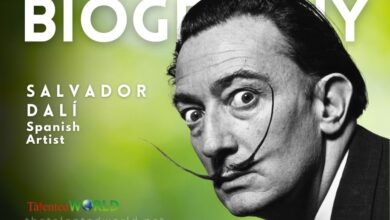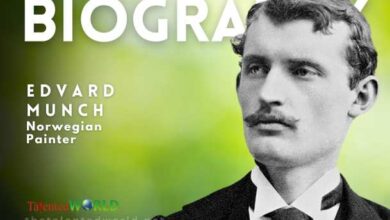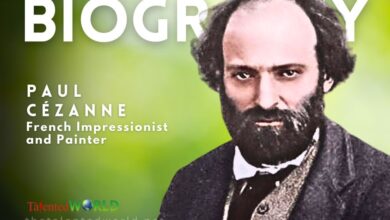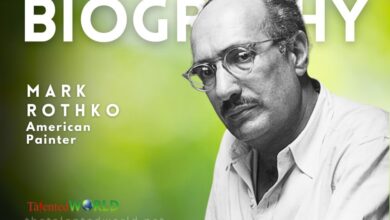| Full Name | Leonardo di ser Piero da Vinci |
| Born | 15 April 1452 |
| Place of Birth | Vinci, Republic of Florence (possibly Anchiano) |
| Died | 2 May 1519 (aged 67) |
| Place of Death | Clos Lucé, Amboise, Kingdom of France |
| Resting Place | Château d’Amboise |
| Education | Studio of Andrea del Verrocchio |
| Years Active | c. 1470–1519 |
| Known For | Painting, drawing, engineering, anatomical studies, hydrology, botany, optics, geology |
| Notable Works | “Virgin of the Rocks” (c. 1483–1493), “Lady with an Ermine” (c. 1489–1491), “The Vitruvian Man” (c. 1490), “The Last Supper” (c. 1495–1498), “Mona Lisa” (c. 1503–1516) |
| Art Movement | High Renaissance |
| Family | Da Vinci family |
| Profession | Polymath (painter, draughtsman, engineer, scientist, theorist, sculptor, architect) |
| Legacy | Known as one of the greatest painters in Western art, credited with founding the High Renaissance, creator of some of the most influential paintings in the Western canon |
| Famous Works | “Mona Lisa” (world’s most famous individual painting), “The Last Supper” (most reproduced religious painting), “Vitruvian Man” (cultural icon) |
| Auction Record | “Salvator Mundi” sold for US$450.3 million in 2017, setting a record for the most expensive painting ever sold at public auction |
| Technological Ingenuity | Conceptualized flying machines, armoured fighting vehicle, concentrated solar power, a ratio machine for adding, and the double hull |
| Inventions | Automated bobbin winder, machine for testing tensile strength of wire |
| Scientific Discoveries | Substantial discoveries in anatomy, civil engineering, hydrodynamics, geology, optics, and tribology (though unpublished and had little direct influence on subsequent science) |
| Influence | Epitomized the Renaissance humanist ideal, immense contribution to later generations of artists, comparable only to Michelangelo |
| Early Life | Born out of wedlock to a notary and a lower-class woman, educated by Andrea del Verrocchio, began career in Florence, worked in Milan, Florence, Rome, and finally in France under Francis I |





